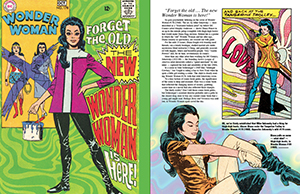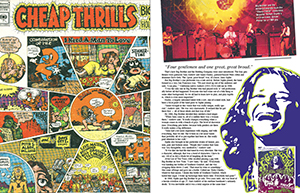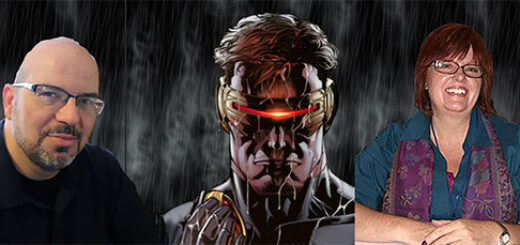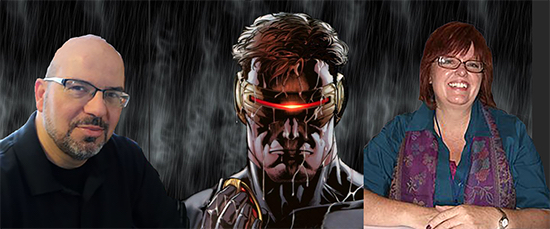Christopher Nolan’s Dunkirk Arrives on Disc Dec. 12
 Burbank, CA, October 24, 2017– One of the year’s most acclaimed films, Warner Bros. Pictures’ Dunkirk, arrives on 4K Ultra HD, Blu-ray, DVD and Digital this December. From filmmaker Christopher Nolan (Interstellar, Inception, The Dark Knight Trilogy) comes the epic action thriller Dunkirk.
Burbank, CA, October 24, 2017– One of the year’s most acclaimed films, Warner Bros. Pictures’ Dunkirk, arrives on 4K Ultra HD, Blu-ray, DVD and Digital this December. From filmmaker Christopher Nolan (Interstellar, Inception, The Dark Knight Trilogy) comes the epic action thriller Dunkirk.
Nolan directed Dunkirk from his own original screenplay, utilizing a mixture of IMAX® and 65mm film to bring the story to the screen. The film was partially shot on location on the beaches of Dunkirk, France, where the actual events unfolded.
Said director Christopher Nolan, “I’m excited to be releasing Dunkirk on 4K UHD with HDR. The film was shot entirely on the highest definition IMAX and 65mm film and this fantastic new format, with its increased resolution and superior colour reproduction is able to maximize Dunkirk’s impact in the home.”
The film’s ensemble cast includes Fionn Whitehead, Tom Glynn-Carney, Jack Lowden, Harry Styles, Aneurin Barnard, James D’Arcy and Barry Keoghan, with Kenneth Branagh, Cillian Murphy, Mark Rylance and Tom Hardy.
“Dunkirk” was produced by Emma Thomas and Christopher Nolan, with Jake Myers serving as executive producer. The behind-the-scenes creative team included director of photography Hoyte van Hoytema, production designer Nathan Crowley, editor Lee Smith, costume designer Jeffrey Kurland, visual effects supervisor Andrew Jackson and special effects supervisor Scott Fisher. The music was composed by Hans Zimmer.
On December 19, Dunkirk will be available on 4K Ultra HD Combo Pack for $44.95. The 4K Ultra HD Combo Pack will include a 4K Ultra HD disc with the feature film in 4K resolution with HDR, a Blu-ray disc with the feature film in hi-definition, a Blu-ray disc with the special features in hi-definition, and a Digital version of the feature film.
4K Ultra HD showcases 4K resolution with High Dynamic Range (HDR) and a wider color spectrum, offering consumers brighter, deeper, more lifelike colors for a home entertainment viewing experience like never before.
Also on December 19, Dunkirk will be available on Blu-ray Combo Pack for $35.99 and DVD for $28.98. The Blu-ray Combo Pack features a Blu-ray disc with the film in hi-definition, a Blu-ray disc with the special features in hi-definition, a DVD with the film in standard definition, and a Digital version of the movie.
Fans can also own Dunkirk via purchase from digital retailers beginning December 12.
SYNOPSIS
Dunkirk opens as hundreds of thousands of British and Allied troops are surrounded by enemy forces. Trapped on the beach with their backs to the sea they face an impossible situation as the enemy closes in. The story unfolds on land, sea and air. RAF Spitfires engage the enemy in the skies above the Channel, trying to protect the defenseless men below. Meanwhile, hundreds of small boats manned by both military and civilians are mounting a desperate rescue effort, risking their lives in a race against time to save even a fraction of their army.
BLU-RAY AND DVD ELEMENTS
Dunkirk 4K Ultra HD Combo Pack, Blu-ray Combo Pack, and Standard Definition DVD contain the following special features:
· Creation: Revisiting the Miracle
· Creation: Dunkerque
· Creation: Expanding the Frame
· Creation: The In-Camera Approach
· Land: Rebuilding the Mole
· Land: The Army On the Beach
· Land: Uniform Approach
· Air: Taking to the Air
· Air: Inside the Cockpit
· Sea: Assembling the Naval Fleet
· Sea: Launching the Moonstone
· Sea: Taking to the Sea
· Sea: Sinking the Ships
· Sea: The Little Ships
· Conclusion: Turning Up the Tension
· Conclusion: The Dunkirk Spirit
DIGITAL DISTRIBUTION ELEMENTS
On December 12, Dunkirk will be available to own in 4K HDR from select digital retailers including iTunes, Google, and Vudu. It will also be available in high definition and standard definition on favorite devices from select digital retailers including Amazon, FandangoNow, iTunes, PlayStation, Vudu, Xbox and others. On December 19, “Dunkirk” will be made available digitally on Video On Demand services from cable and satellite providers, and on select gaming consoles.
BASICS
PRODUCT SRP
4K Ultra HD Combo Pack $44.95
Blu-ray Combo Pack $35.99
DVD Amaray (WS) $28.98
4K Ultra HD Blu-ray, Blu-ray and DVD Street Date: December 19, 2017
EST Street Date: December 12, 2017
DVD Languages: English, Latin Spanish, Canadian French
BD Languages: English, Latin Spanish, Canadian French, Brazilian Portuguese
DVD Subtitles: English SDH, Latin Spanish, Parisian French, Canadian French
BD Subtitles: English, Latin Spanish, Parisian French, Canadian French, Brazilian Portuguese
Running Time: 106 minutes
Rating: Rated PG-13 for intense war experience and some language
DVD: DLBY/SURR DLBY/DGTL [CC]
4K Ultra HD and Blu-ray: DTS HD-MA

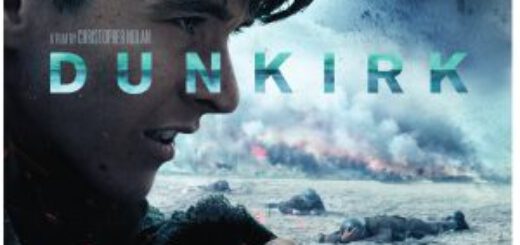


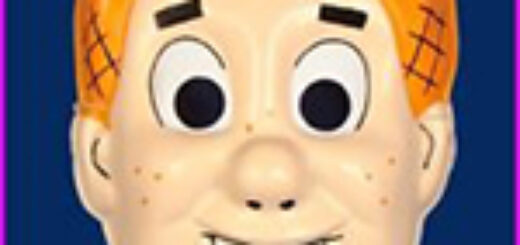
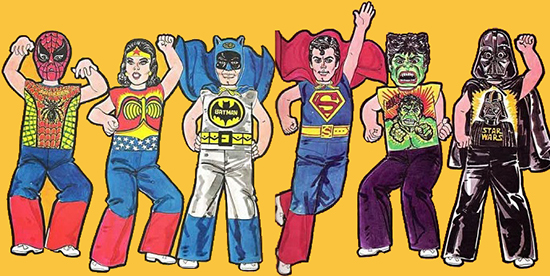



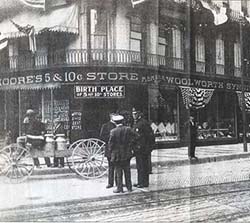


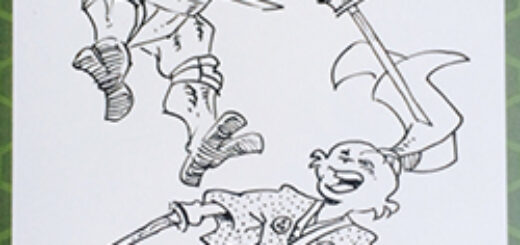


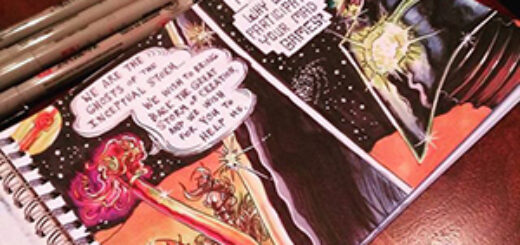




 Where Electricity Is Her Element could improve on is having clear stakes, a comment that also applies to The Showdown Volume 2. While this comic is gorgeous and worth it simply for the visuals, it’s hard to feel like there are any serious stakes. What happens if they don’t stop order? This is unclear to me. The plot itself isn’t as imaginative in execution as it is in concept and design. This leads to a linear, typical, and ultimately predictable plot structure. Without giving away spoilers, there is a point where we get an exposition dump that I feel would have worked better being eased into the story or at least foreshadowed earlier on.
Where Electricity Is Her Element could improve on is having clear stakes, a comment that also applies to The Showdown Volume 2. While this comic is gorgeous and worth it simply for the visuals, it’s hard to feel like there are any serious stakes. What happens if they don’t stop order? This is unclear to me. The plot itself isn’t as imaginative in execution as it is in concept and design. This leads to a linear, typical, and ultimately predictable plot structure. Without giving away spoilers, there is a point where we get an exposition dump that I feel would have worked better being eased into the story or at least foreshadowed earlier on.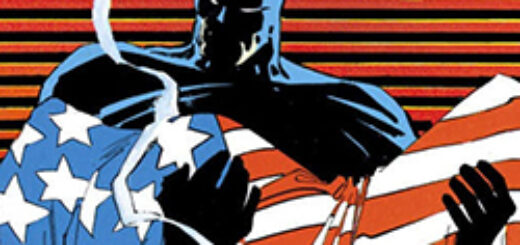

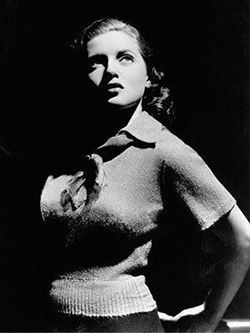

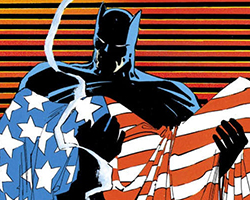
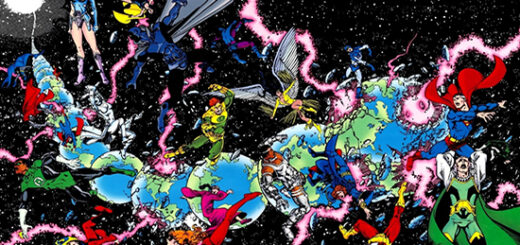
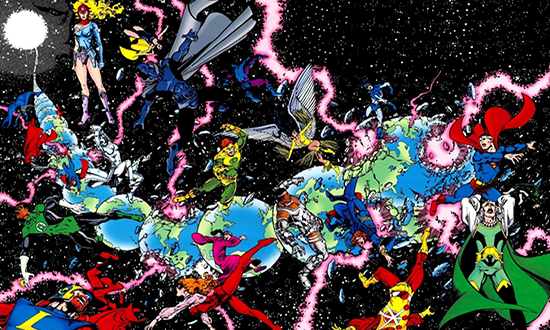
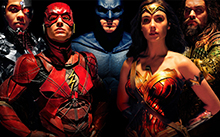

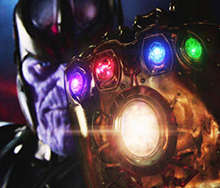
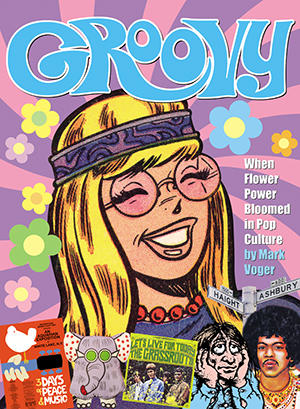

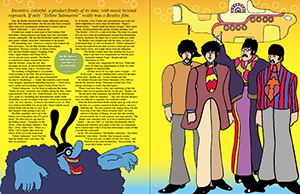
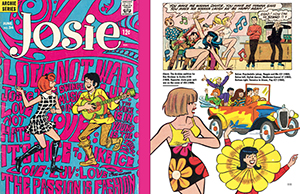

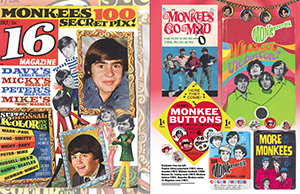 EC: Did you run across any surprises in writing it, and what will surprise the readers?
EC: Did you run across any surprises in writing it, and what will surprise the readers?